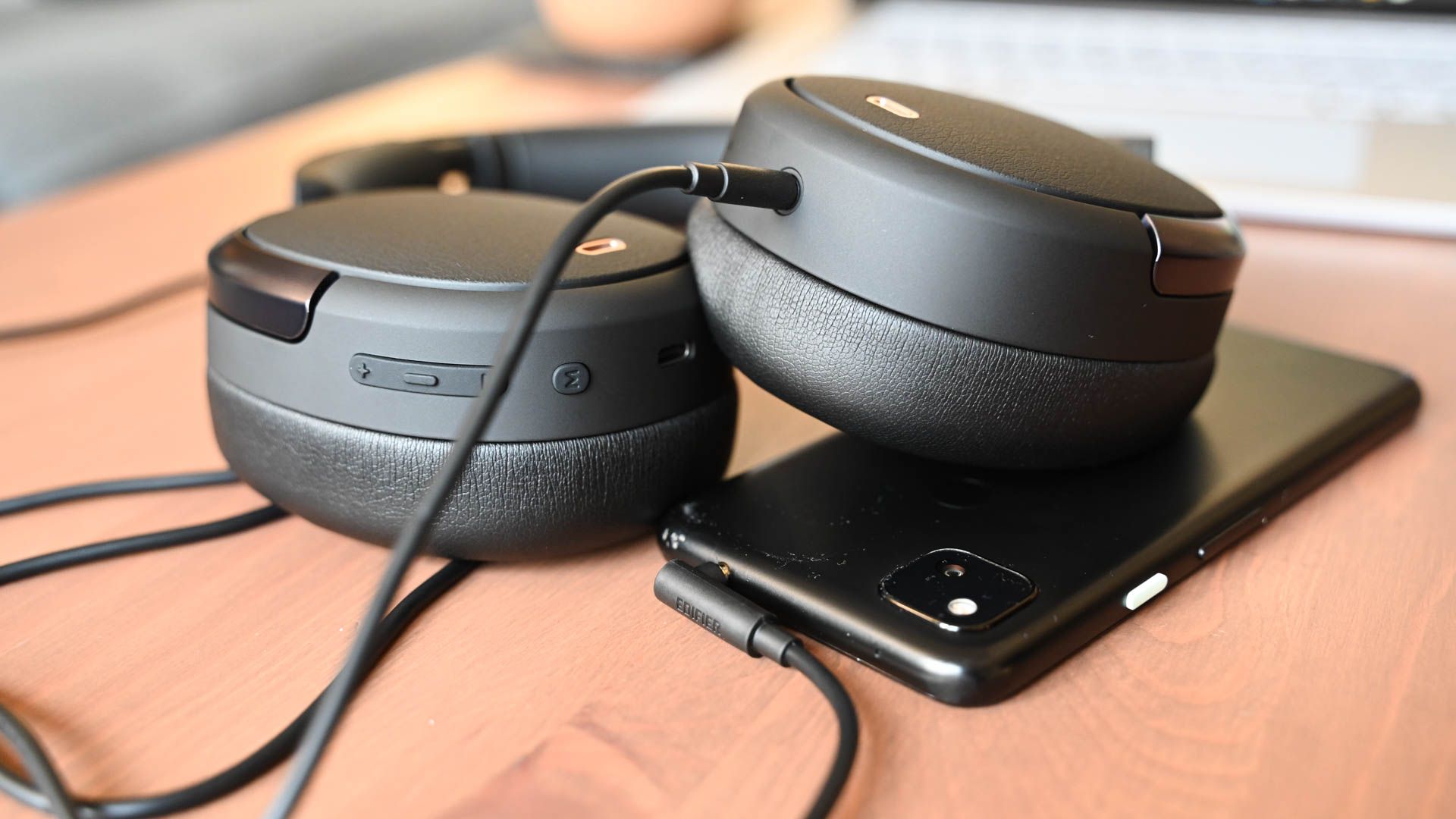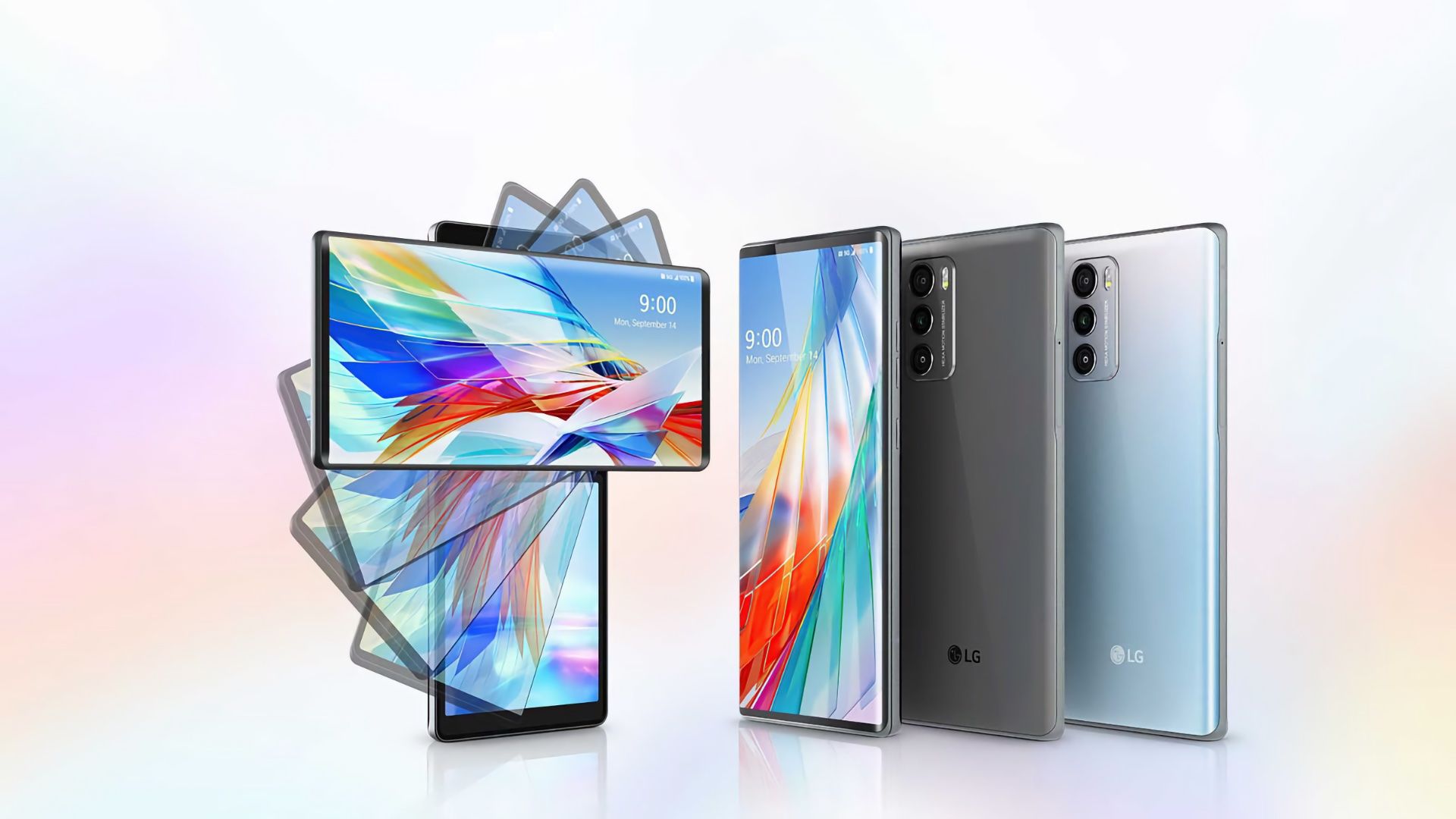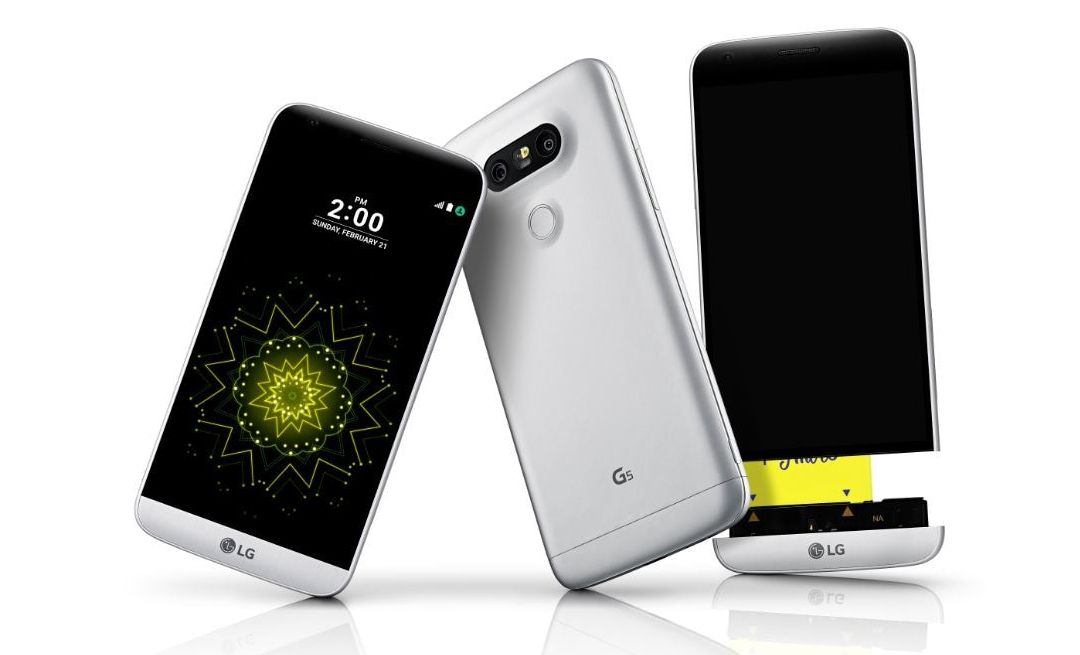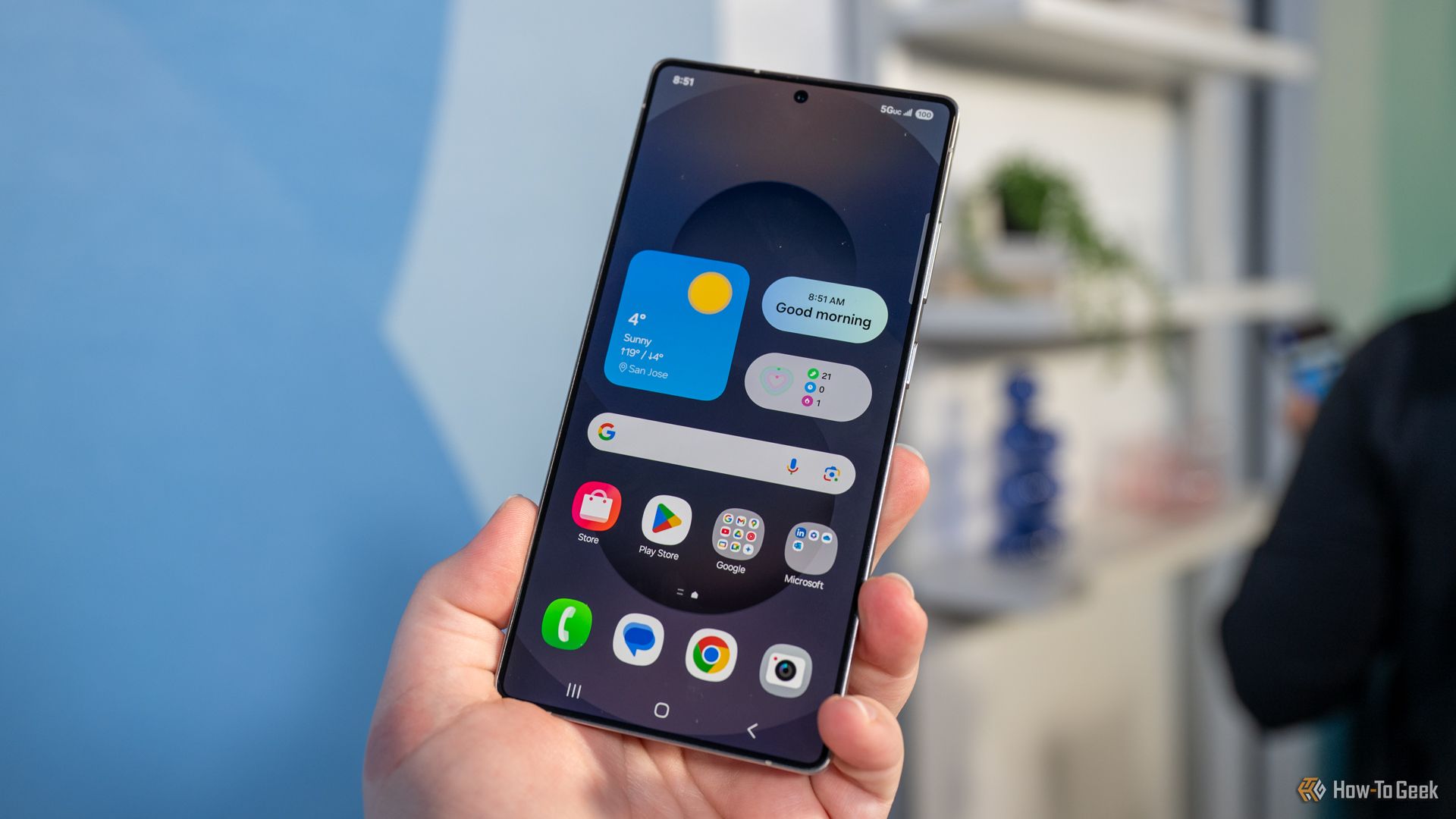Android and iOS used to be fierce rivals, but these days, they feel more and more like twins. Locked hardware, walled software gardens, uniformity in design, and lacking customization were once Apple’s distinctive traits, but over the years, Android adopted them, too. Let’s take a look at the iPhone-ification of Android.
Android’s Wild West Days Are Long Over
When it first came out, Android stood in perfect contrast to the iPhone’s iOS. Apple was closed-source, but Android was open-source. You couldn’t unlock or jailbreak an iPhone that easily, but you could root an Android in seconds. Back when rearranging icons was the extent of customization on iOS, Android handed us the keys to the kingdom.
Sideloading apps, modding culture, easy access to the Play Store for indie developers, apps like that could link with other apps to build sophisticated automations, and the bold, experimental hardware concepts that made Android the Linux of phones (whose kernel it’s built on).
Thriving communities grew around Android’s openness and empowerment that iOS couldn’t hope for with its walled garden. Tinkerers and enthusiasts shared resources and helped each other on online forums. It was rebellious and exciting.
That’s all long gone now, though. Almost every manufacturer has locked down their hardware. You can’t unlock bootloaders on most phones, and even if you manage to somehow root your phone, it’s (almost) certainly going to break banking apps and DRM-protected apps like Netflix. Android phones ship with something called the “Play Integrity API” that tells apps “don’t trust this user,” if they’ve rooted or unlocked the phone.
The community around Android modding has mostly fizzled out. There are fewer and fewer custom ROMs floating around that once kept your phone going long after official manufacturer support ended. Google is also trying to take away sideloading now (more on that later).
OnePlus is the poster child for this shift. The original OnePlus phone was a “flagship killer” that shipped with Cyanogen OS (built on the beloved custom ROM CyanogenMod). It delivered on the promise because it really did have killer features for its wallet-friendly price. OnePlus encouraged modding and tinkering, which earned it a lot of power users. Forums always buzzed with OnePlus discussions and resources.
OnePlus phones had almost no bloat; it was easy to unlock them, and they supported custom recovery options. Eventually, OnePlus merged with the Chinese smartphone brand Oppo, and Oppo’s custom Android skin (ColorOS) cannibalized OxygenOS. Then came the bootloader lockdown, more bloat, missed software updates, and an Apple-style ecosystem lock-in. Unlocking and rooting these phones is almost impossible now.
The End Of Hyper-Customization and Tinkering
With complete control over your phone’s hardware, you can push customization and modding to the extreme. Back then, you could replace the default firmware of your phone with a custom version of the Android operating system. These custom ROMs would have features that mainstream Android didn’t. You could create snapshot backups of your entire phone that restore everything, down to the layout of your home screen apps.
Take CyanogenMod, for example. I had a Samsung Galaxy Europa back in the day that ran Android 2.2 (codename Android Froyo) with Samsung’s TouchWiz skin on top. Officially, you couldn’t upgrade that phone past Android Froyo.
By the time Android Ice-cream Sandwich (Android 4.4) rolled around, Samsung had long dropped support for my phone. I desperately wanted to get my hands on it, but being a broke middle-schooler, I couldn’t afford a brand-new phone. So I did what anyone in my situation would in those days: I rooted my phone and installed CyanogenMod (custom ROM based on Android ICS 4.4).
I remember feeling giddy the first time I saw the CyanogenMod boot screen on my old phone. And just like that, my phone had Android ICS, plus tons of features that even the official Android 4.4 didn’t. CyanogenMod introduced customized app permissions well before mainstream Android. It gave you granular control over the data and hardware that apps can access, just like you get on modern Android phones. It even had a kill switch that revoked any app’s internet access.
You could customize everything about the UI natively—fonts, icons, status bar, notification shade, lock screen, animations, widgets, remapping hardware keys, you name it. Best of all, it made my old phone run faster than it ever did on Samsung’s version of Android.
Even if you didn’t swap the entire OS, you could customize the native firmware using tools like Xposed in a modular fashion. You could overclock or underclock the CPU, freeze apps to save battery life, cut bloatware, and keep your phone going like new long after the manufacturer’s support has ended.
The spirit was total ownership because the admin-level access made Android feel like a canvas, not just an OS. I know Android is more polished and powerful than ever, but it feels curated, not customized.
Hardware On Android Has Gone the Way of the iPhone
It happened in a decade, so it’s easy to overlook, but our phones have lost a lot of features. Every smartphone had a trusty, universal headphone jack, cheap, expandable storage through microSD slots, batteries you could swap out, FM radio chips, and physical SIM slots.
Then there were other thoughtful touches that made life easier, like notification LEDs, dedicated camera shutter buttons, or IR blasters (that turned your phone into a remote for your TV, AC, or sound system).
Manufacturers realized they can sell more accessories if they take away the ports, and it’s cheaper to waterproof phones without removable batteries. Android phones now are just sealed slabs with a USB-C port.
Android phones were also super repairable. You could pop off the backplate with your fingernail and hot-swap batteries. In the same way, you could swap the cameras, screens, buttons, charging ports, headphone jacks, or even the whole display. All you needed was a little bit of technical know-how and a small screwdriver. The communities I mentioned before would give you all the resources you need for phone repairs and DIY mods.
To repair an Android phone today, you need years of training and a specialized toolset. The phones are sealed shut with an unmodular design that makes it impossible to swap out a single broken component without replacing others as well.
In true Apple fashion, some manufacturers like Samsung push “authorized repair” and restrict or disable features if they detect unauthorized repairs. Samsung even forces repair shops to “disassemble” phones brought to them that have aftermarket parts (not purchased from Samsung). Imagine leaving your phone at the repair shop and coming back to find it destroyed.
Copy-Paste Designs
The first smartphone that I bought with my own money was the Huawei Y9s. It was special because it didn’t have an ugly notch or hole in the display like every smartphone on the market today. The front camera was mounted on a pop-up module, giving you a completely uninterrupted screen. Was it impractical? Yes. Did it eventually break after four years of wear and tear? Also yes. But it was undeniably awesome and remains my all-time favorite. There were all kinds of modules like that.
Remember LG Wing? I tested it recently in a used phone shop. It had a second display that swiveled out in a T-shape. You could watch YouTube on one screen and scroll comments on the other.
My cousin had a Samsung Beam. It looked like a regular phone, except it had a working projector built into it. They even had a Samsung camera phone, in that it was an actual digital camera pretending to be an Android phone.
HTC released a phone that had a 3D camera and a 3D display for seeing those 3D pictures. Sony built a PlayStation Android phone that had a slide-out gamepad. Then there were the modular phones like the Moto Z, Google’s concept phone “Project Ara,” and the LG G5. You could hot-swap components (cameras, batteries, DACs) like legos and build your own phone.
Android manufacturers took risks, even if the risk didn’t always pay off. It was glorious.
Today, every Android phone is just a shiny slab with a bunch of oversized camera lenses stuck to the backplate. They all look the same and feel so stale, down to the very materials used to craft them.
On the back, you’ll see an unsightly camera bump in shape and (about the) size of a stovetop on every phone. If they keep growing at this rate, we’ll be using them as phone stands pretty soon. Hey, finally a new feature! Then you flip it around to find another eyesore of a punched hole or a notch bleeding into an otherwise gorgeous display.
Galaxy S25 Ultra
Speaking of displays, I miss small phones. Every smartphone today has a giant, unwieldy screen. The Samsung Galaxy S25 Ultra that just came out has a 6.9-inch screen. The second phone I ever bought with my own money was a cheap Huawei called P8 Lite. It had a 5-inch screen that fit in my palm perfectly, and I could reach all four corners of the display with my thumb. It was tiny and beautiful. Let’s bring back tiny phones, please.
Google Is Making It Harder To Sideload Apps
One thing you could always brag about to iOS fans was Android’s ability to sideload any application. As long as you can get your hands on the APK archive, you can install it on your phone. More than that, you don’t even have to rely on Google Play Store to source your apps since you can install any of the dozens of alternative app stores available to Android users. Some of these offer purely open-source, free apps. Google looked at that and said, “That’s enough of that,” and it’s now taking tangible steps to hamstring sideloading on Android.
The Google Play Integrity API that I mentioned before can now force Android users to reinstall sideloaded apps from the Google Play Store instead. However, at least for now, it depends on the developer if they want to include this integrity check in their app.
I don’t want to blow this out of proportion and make it sound like Google is aiming to disable sideloading entirely. That said, there is a concerning pattern here because Google is clearly pushing to give the Play Store centralized control over Android app distribution. It’s already ridiculously difficult to de-google an Android phone because a lot of apps we use every day rely on Google Services to function properly. More warnings, tighter restrictions, and more hidden settings keep cropping up with every passing version of Android.
This will effectively make Android Google’s walled garden, making the OS even more manicured and uniform than it already is. For us, it’ll mean fewer choices and fewer customization options.
Android has lost what made it special in the first place. Us geeks and enthusiasts used to get so excited about the openness and freedom it afforded. I don’t remember the last time I felt excitement about a new Android release, phone, or software. If I wanted iOS, I would just get an iPhone.









